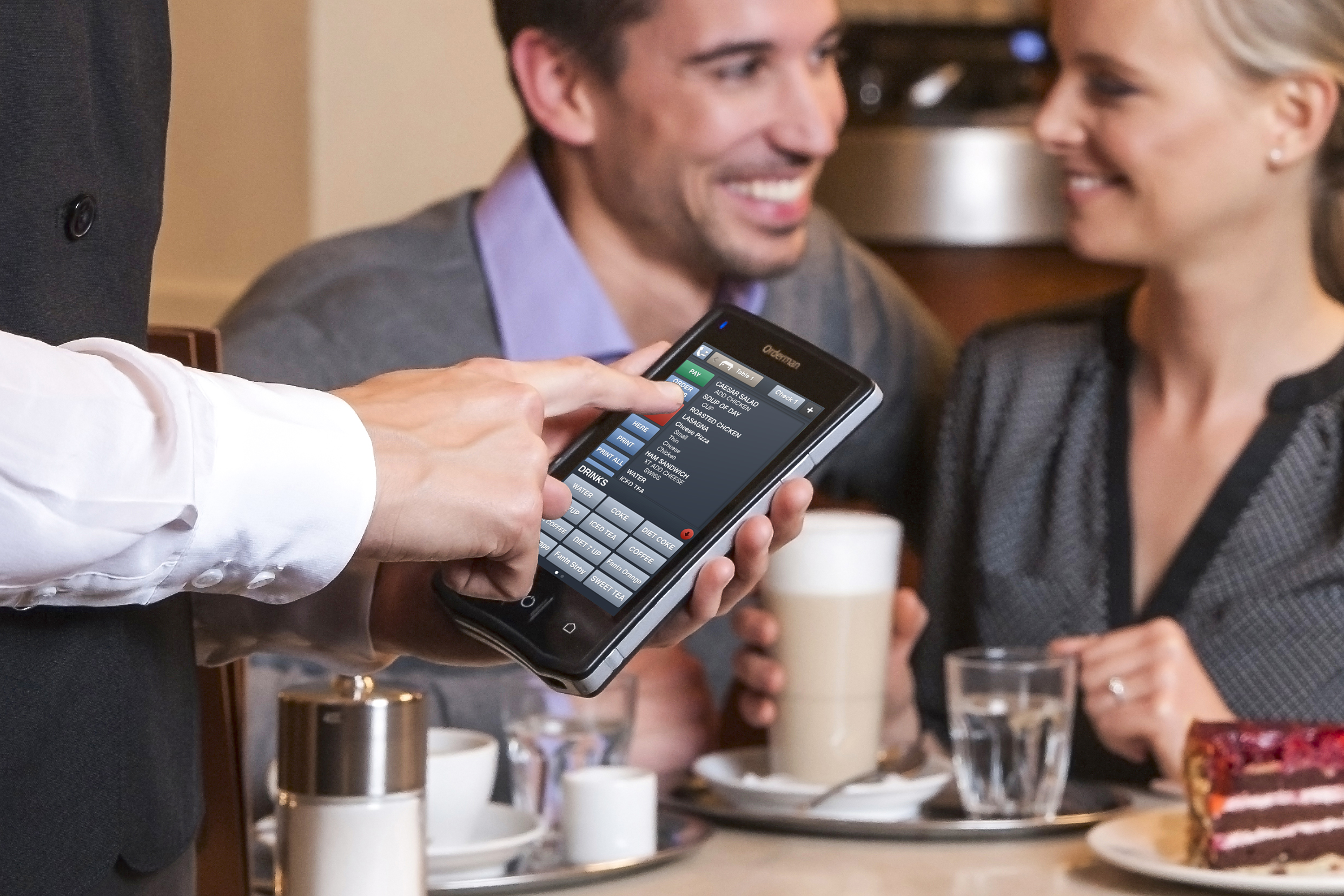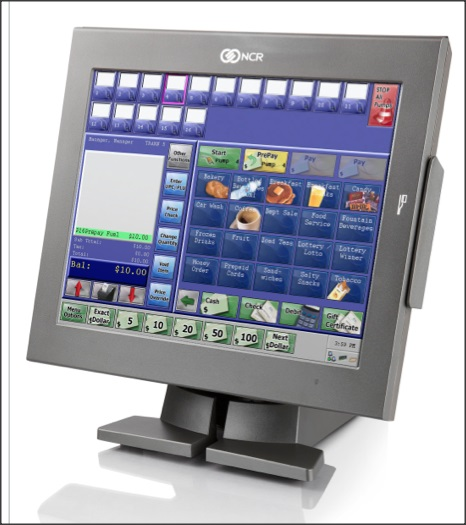

They report these features to be very user friendly. But, like Toast, Aloha charges users an extra fee to add online ordering capabilities.Īlso, like Toast, Aloha’s customers feel these features should be included as table stakes in a restaurant POS system.Īloha does include in-house ordering features that users rave about. Aloha Ordering CapabilitiesĪloha also offers many ways for patrons to order their meals. However, Toast’s tableside ordering feature is strong, and the vast majority of users are overly satisfied with it. One would expect these features to be included out of the box. Toast is considered to be one of the best restaurant POS systems on the market. We understand why this would cause friction. This is a point of contention for many of Toast’s customers. Instead, you must pay extra for these features, which are included as an add-on module. Toast’s ordering functionality is not included in its core POS software. You can also offer takeout order services as well as order delivery. With Toast, you can allow patrons to order online. Toast offers standard ordering capabilities. Does the system support online ordering? What about takeout and delivery orders? Toast Ordering Capabilities One of the most important variables to look for in restaurant POS systems is ordering capability. We then let you determine which system would be best for you, based on your unique business requirements. We provide side-by-side comparisons of various system attributes. Below, we cover those as well as general POS features required by all types of businesses. Aloha: Side-by-Side Comparison Summaryīecause Toast and Aloha are both restaurant POS systems, they include many features that other systems do not. Let’s take a deeper look at each provider’s features, pricing plans, and hardware components. Based on our research, NCR Aloha is used by larger restaurants with a high monthly turnover. While both systems aren’t ideal for the smallest of operations, mid-sized businesses should opt for Toast.
#Aloha pos system software
On the other end, NCR does not list a monthly software cost but charges 2.6% per swipe + $0.10 per transaction. Unless you’re looking for a specific integration, both are satisfactory in this category.įor pricing, Toast charges $69/month for its initial ‘Starter’ Plan for the software but does not mention its processing fees. Lowering the cost to train can mean more time catering to your customers.įor integrations, Aloha’s POS can integrate with more than 200 third-party partners, while Toast lists less than 80 integrations, but cover anything from delivery, to timecards, to inventory or reporting apps. This means lots of restaurant employees know their system. Since NCR offers a suite of other restaurant software like NCR Silver, more than 100,000 restaurants use their products. Aloha, we found that while Toast offers better technology and more detailed reports and features, Aloha is easier to train on. In our research for this comparison of Toast vs. With mobile order ahead, third-party delivery, chatbots, kiosks, and tableside ordering features, the POS system is adaptable and customer-focused. NCR is a robust, end-to-end restaurant management platform. With the most durable and stable hardware units (made by NCR themselves), you’ll never lose a transaction. If you are using price levels refer to the manual.Aloha by NCR is no stranger to the restaurant industry either. If you set prices at the item level simply go to "Items" and change the price from the "Price" tab of the item. This assumes you are using button level pricing.Click the "Edit" button and double click the button for the item you wish to change.Go to the "Modifier Group" or "Submenu" that contains the item whos price needs to change.

Remember, your prices are attached to the item buttons in "Submenus" and "Modifier Groups" not to the item profile it "Items" Changing Prices in Aloha and Moving Buttons


 0 kommentar(er)
0 kommentar(er)
